Mid-term Combination Immunotherapy and its Effect on the Albumin-Bilirubin Score in Unresectable Hepatocellular CarcinomaKuwano, Yada, Tanaka
et alAnticancer Res (2025) 45 (4), 1713-1721
Abstract: Combination immunotherapy has emerged as a standard approach for systemic chemotherapy in unresectable hepatocellular carcinoma (HCC). Preservation of liver function is crucial for prolonging survival during treatment. However, real-world data on liver function dynamics during combination immunotherapy remain limited. This study evaluated the mid-term impact of combination immunotherapy on liver function using the albumin-bilirubin (ALBI) score.Patients receiving durvalumab plus tremelimumab (Dur/Tre group, n=13) or atezolizumab plus bevacizumab (Atez/Bev group, n=35) for at least six months were retrospectively analyzed. ALBI scores were assessed at the start of treatment (SOT), three months, and six months of treatment.In the Dur/Tre group, median (interquartile range) ALBI scores at SOT, three months, and six months of treatment were -2.09 (-2.39 to -1.78), -2.42 (-2.63 to -2.16), and -2.48 (-2.69 to -2.40), respectively, demonstrating a significant improvement at six months compared with SOT (p=0.002). In contrast, the Atez/Bev group exhibited ALBI scores of -2.44 (-2.73 to -2.14), -2.44 (-2.56 to -2.02), and -2.36 (-2.57 to -1.78), indicating significant deterioration at six months of treatment (p=0.010). Among patients with proteinuria, ALBI scores remained unchanged (p=0.171), whereas those without proteinuria experienced significant worsening (p=0.030). In both univariate and multivariate analyses, Dur/Tre treatment [hazard ratio (HR)= 0.022; p=0.005] and objective response rate (HR=0.091; p=0.031) were independently associated with reduced ALBI score deterioration.Dur/Tre therapy may better preserve liver function compared with Atez/Bev therapy in patients with unresectable HCC.Copyright © 2025 International Institute of Anticancer Research (Dr. George J. Delinasios), All rights reserved.
Update on PARP inhibitors for the treatment of ovarian cancerLiu, Matulonis
Clin Adv Hematol Oncol (2025) 23 (2), 100-110
Abstract: Poly(adenosine diphosphate-ribose) polymerase (PARP) inhibitors (PARPis) were first granted US Food and Drug Administration (FDA) approval for ovarian cancer. Trials have focused on high-grade serous histology, in which BRCA mutations and homologous recombination deficiency (HRD) are most common. The initial clinical trials of PARPis were performed in patients with heavily pretreated recurrent BRCA-mutated (BRCAm) ovarian cancer. Since then, concerns over possible reductions in overall survival with long-term PARPi treatment in recurrent disease have led to the withdrawal of most FDA approvals in this setting, and the use of PARPis has moved to the maintenance setting in newly diagnosed advanced ovarian cancer, in which trials have demonstrated significant progression-free survival benefits and trends for overall survival benefit with certain PARPis in patients who have BRCA mutations. Additionally, the risks of secondary acute myeloid leukemia and myelodysplastic syndrome are lower in the newly diagnosed setting than in the recurrent setting, potentially because of a predefined duration of PARPi treatment and/or less prior exposure to chemotherapy. Currently, several PARPis are FDA-approved in ovarian cancer: (1) olaparib (BRCAm), niraparib (BRCAm and BRCA wild-type [BRCAwt]), and olaparib/bevacizumab (BRCAm and BRCAwt/HRD) as maintenance therapy after platinum in newly diagnosed advanced disease; and (2) olaparib, niraparib, and rucaparib for recurrent BRCAm platinum-sensitive disease. This review discusses PARPi data in the newly diagnosed and recurrent settings, how current FDA approvals have evolved, and PARPi combination data.
Comparative effectiveness of immunotherapy versus lenvatinib in advanced hepatocellular carcinoma: A real-world analysis using target trial emulationAhn, Ng, Yeo
et alHepatology (2025)
Abstract: Immunotherapy has emerged as an effective treatment for advanced hepatocellular carcinoma (HCC). We aimed to investigate the real-world effectiveness of immunotherapy compared to lenvatinib in HCC.From the TriNetX database, we used a target trial emulation framework and identified HCC patients who received first-line treatment with immunotherapy (atezolizumab/bevacizumab or tremelimumab/durvalumab) or lenvatinib between or between August 2018 and December 2023. Overall survival (OS) was compared using Kaplan-Meier analysis and Cox proportional hazards regression. After propensity score matching, 1203 patients were included in each group. Immunotherapy was associated with improved OS versus lenvatinib (median survival: 545 vs. 425 d; hazard ratio [HR]: 0.86, 95% confidence interval [CI]: 0.76-0.97). Regarding treatment type, atezolizumab plus bevacizumab showed improved survival compared to lenvatinib (n=1070 in each group; HR: 0.87, 95% CI: 0.77-0.99), while the point estimate favored durvalumab plus tremelimumab vs. lenvatinib (HR: 0.81, 95% CI: 0.59-1.12), though this difference was not statistically significant, likely due to small sample size. Regarding etiology, immunotherapy had improved OS compared to lenvatinib in viral hepatitis (n=510 in each group; HR: 0.74, 95% CI: 0.61-0.89) and alcoholic liver disease (n=190 in each group; HR: 0.65, 95% CI: 0.49-0.87), but not in metabolic dysfunction-associated steatotic liver diseases (n=156 in each group; HR: 0.96, 95% CI: 0.70-1.31).In this real-world analysis, immunotherapy was associated with improved OS compared to lenvatinib in advanced HCC, with consistent benefit across most subgroups. These findings support the use of immunotherapy as a first-line treatment for advanced HCC.Copyright © 2025 American Association for the Study of Liver Diseases.
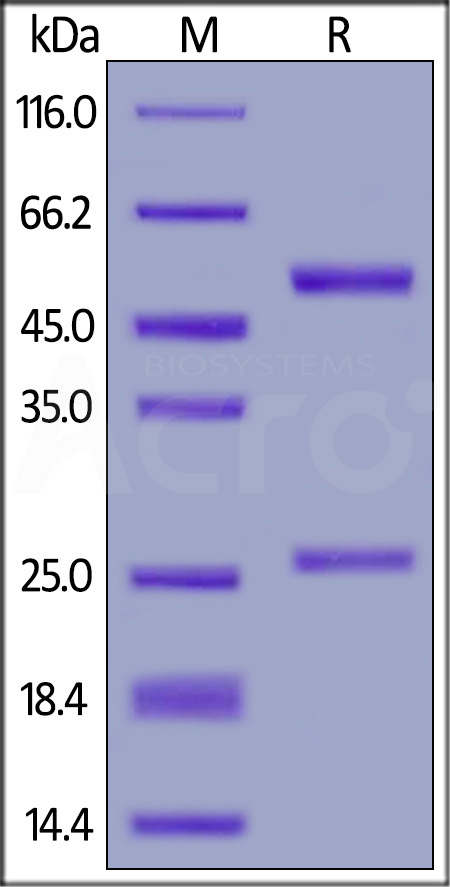
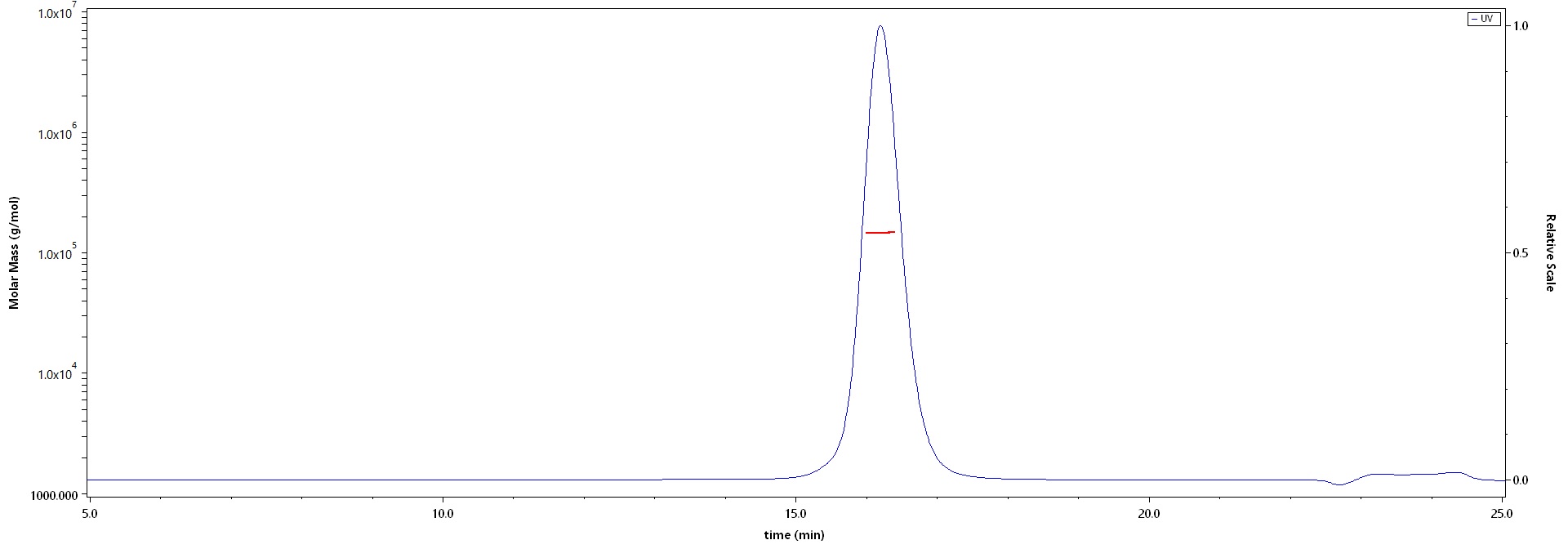
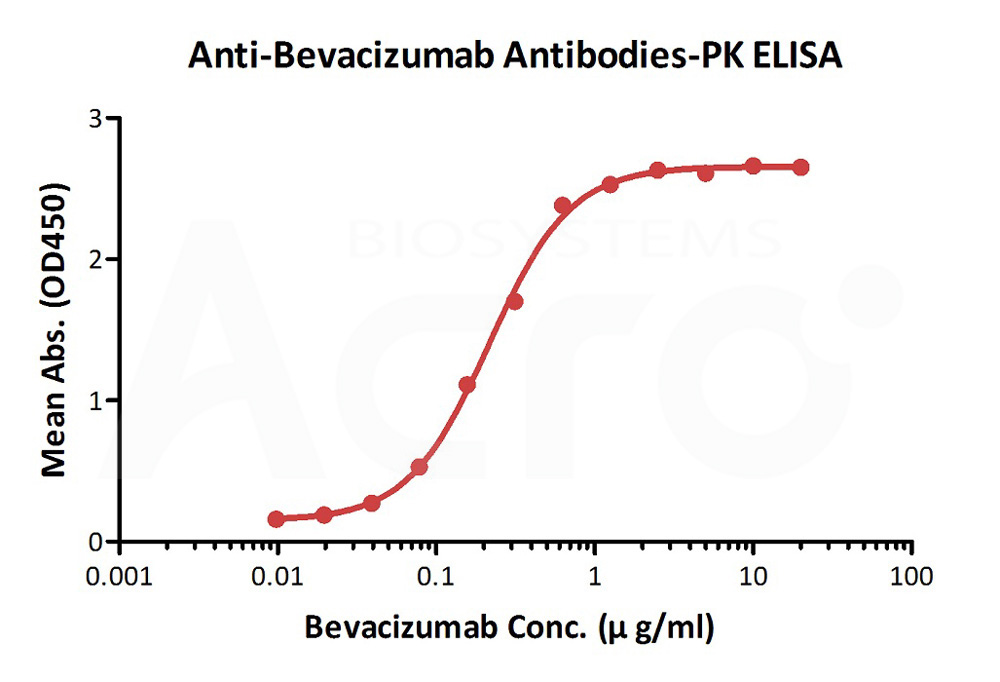
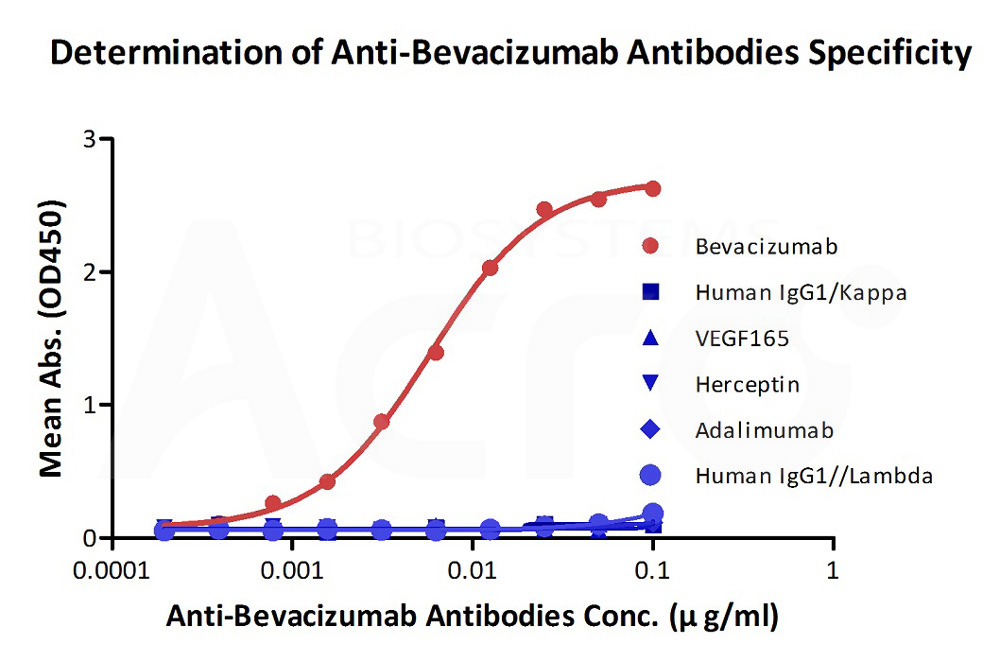
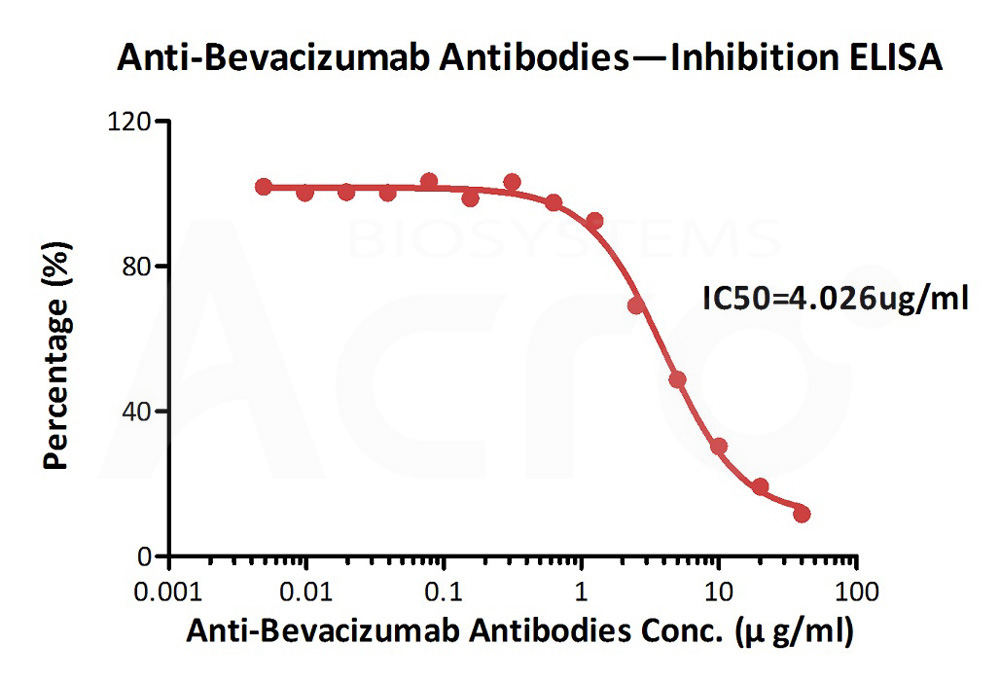























































 膜杰作
膜杰作 Star Staining
Star Staining















